Your problem seems very close to the traveling salesman problem, a classic among the classics.
As you did intuite, the graph that will represent all the possible solutions is indeed a tree (the paths from the root to any of its leaf should represent a solution).
From there, you can ask yourself several questions:
Is the first city that I'll visit an important piece of information, or is it only the order that matters ? For instance, is London-Warsaw-Berlin-Lidz equivalent to Warsaw-Berlin-Lidz-London ?
Usually, we consider these solutions as being equivalent to solve a TSP, but it might not be the case for you.
Did you see the link between a potential solution to the TSP and a permutation ? Actually, what you're looking for is a way (and the data structure that goes with it) to generate all the permutations of a given set(your set of cities).
With these two points in mind, we can think about a way to generate such a tree. A good strategy to work with trees is to think recursively.
We have a partial solution, meaning the k first cities. Then, the next possible city can be any among the n-k cities remaining. That gives the following pseudo-code.
get_all_permutations(TreeNode node, Set<int>not_visited){
for (city in not_visited){
new_set = copy(not_visited);
new_set.remove(city);
new_node = new TreeNode();
new_node.city = city;
node.add_child(new_node);
get_all_permutations(new_node, new_set);
}
}
This will build the tree recursively.
Depending on your answer to the first point I mentioned (about the importance of the first city), you might want to assign a city to the root node, or not.
Some good points to look in, if you want to go further with this kind of problem/thinking, are enumeration algorithms, and recursive algorithms. They're generally a good option when your goal is to enumerate all the elements of a set. But they're also generally an inefficient way to solve problems (for example, in the case of the TSP, solving using this algorithm results in a very inefficient approach. There are some much much better ones).
